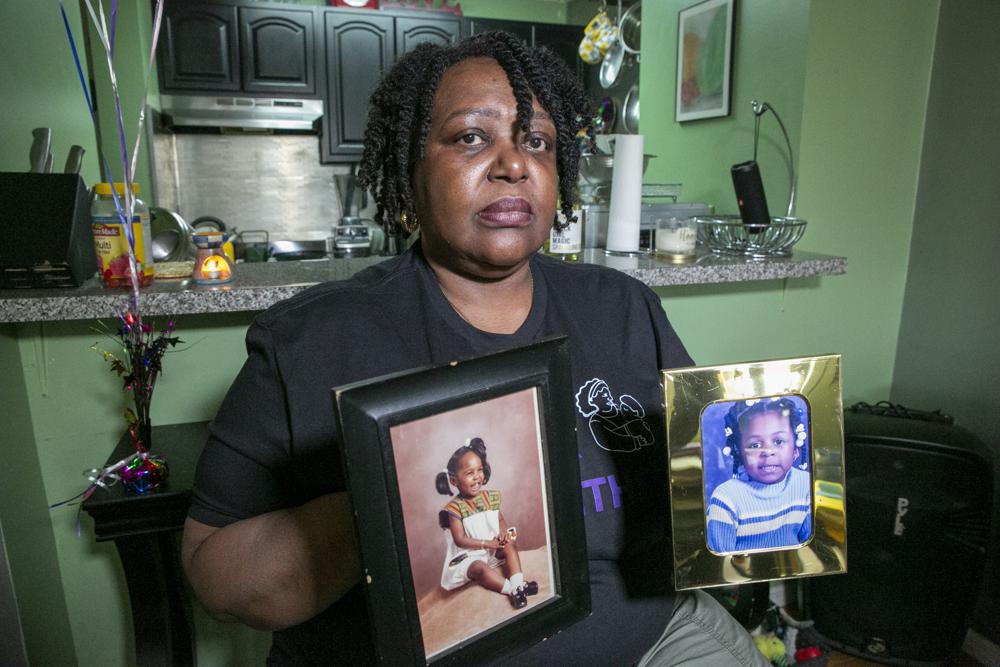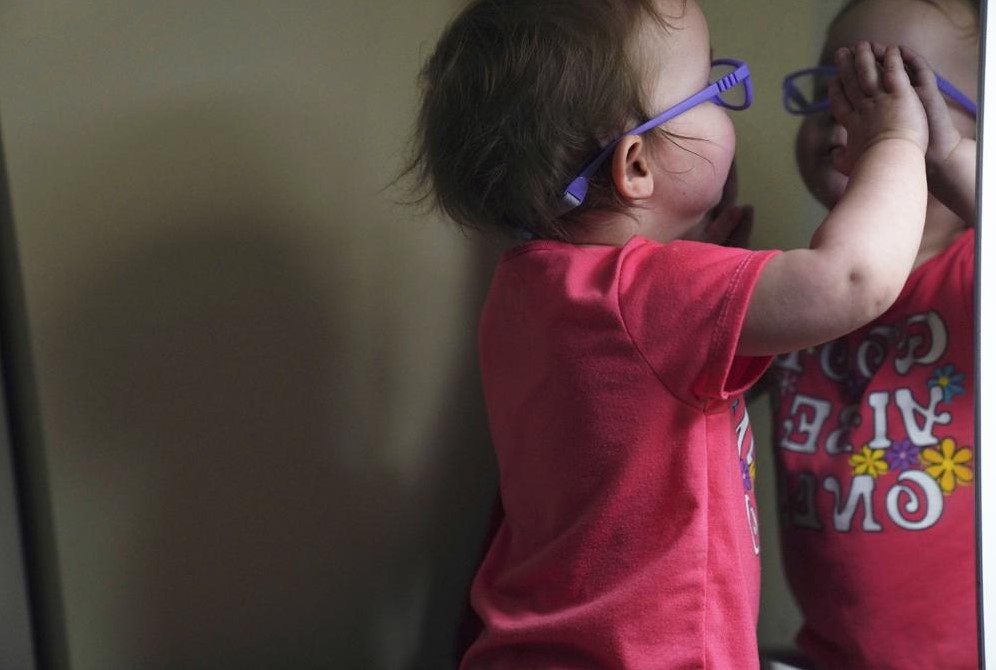The most recent data report cards for North Carolina and Orange County regarding child health were released by NC Child and show children’s health insurance coverage in the state at an all time high with 96 percent coverage as of 2016.
Deputy Director for NC Child, Rob Thompson, said the most positive significant takeaway for Orange County was the financial security percentage.
“I think one area that Orange County is doing really well is in terms of finance, family financial security in Orange County is far above state averages. If you just look at children living poor low income homes, in Orange County it’s about 29 percent, statewide it’s closer to 50 percent. So that’s a really good thing, children are going to thrive if that’s the case,” Thompson said. “But yeah I think that babies born a low birth weight I think that’s a little bit of a troubling indicator.”
In 2016, 8.9 percent of babies were born at a low birth weight in the county.
Thompson said the overwhelming problem when it comes to children’s health is the “nefarious and persistent influence of childhood poverty.”
“In our state about half of all children come from poor or near poor homes, which is under 200 percent of the federal poverty line, and children from those homes are much less likely to be healthy than children who are from more affluent homes,” said Thompson.
Thomson said they are now seeing that health is really impacted by things that happen outside of a doctor’s office or clinical setting.
“In low income communities we see there’s a lot more stress on families, they don’t have access to healthy food and they don’t have access to built environments where play and play and exercise are easily accessible,” Thompson said.
Additionally, Thomson called the attempted suicide statistic for the state “always shockingly high” and said he thinks it’s a testament to the need for greater mental health services currently available in the state both outside and inside the school setting.
Based on the report, one in 10 high school students attempted suicide in the year and suicide is the 2nd leading cause of death for teens aged 15-19 in North Carolina.
Thompson said to make progress, the state should close the health care gap.
“One thing the state can do right now is expand Medicaid, or close the health care gap, however you want to term it, as we have the ability to do under the Affordable Care Act,” Thomson said. “The money is there, the money is going to come from the federal government, it’s already been allocated, and it’s just an opportunity we’re leaving on the table right now.”
To view the full report card and county data cards visit NC Child’s website.
Related Stories
‹

A Systemic Issue: The Childcare Crisis in Orange County and North CarolinaA conversation from Forum On The Hill explored how access to high-quality childcare is getting both more expensive and difficult to find.
![]()
On Air Today: Neil Harrington on North Carolina's Child Care GapNeil Harrington, the research director for the nonprofit NC Child, joins 97.9 The Hill's Brighton McConnell on Wednesday, August 7.

When Should Social Workers Separate Families? A Federal Lawsuit Raises Thorny QuestionsWritten by STEVE LeBLANC When child welfare workers and police knocked on Sarah Perkins’ and Joshua Sabey’s front door well past midnight one weekend last summer, the parents were shocked to learn the state of Massachusetts had come to take their two young sons. It’s the kind of harrowing scene that plays out daily across […]

North Carolina Community College Head Aims To Fight PovertyWritten by GARY D. ROBERTSON The incoming president of North Carolina’s community college system pledged Monday to work to advance people toward economic success through post-secondary education that will also meet employers’ needs for high-skilled labor. Jeff Cox, the current president of Wilkes Community College, spoke at an introductory news conference three days after the state […]

Not Magic: Opaque AI Tool May Flag Parents With DisabilitiesWritten by SALLY HO and GARANCE BURKE For the two weeks that the Hackneys’ baby girl lay in a Pittsburgh hospital bed weak from dehydration, her parents rarely left her side, sometimes sleeping on the fold-out sofa in the room. They stayed with their daughter around the clock when she was moved to a rehab […]

UN Chief Warns Global Leaders: The World Is in ‘Great Peril’Written by EDITH M. LEDERER In an alarming assessment, U.N. Secretary-General Antonio Guterres told world leaders Tuesday that nations are “gridlocked in colossal global dysfunction” and aren’t ready or willing to tackle the major challenges that threaten the future of humanity and the fate of the planet. Speaking at the opening of the General Assembly’s […]
![]()
Extreme Poverty Rises and a Generation Sees Future Slip AwayAs a domestic worker, Amsale Hailemariam knew from the inside out the luxury villas that had grown up around her simple shelter of raw metal and plastic sheeting. And in them, she saw how her country, Ethiopia, had transformed. The single mother told herself, “Oh God, a day will come when my life will be […]
![]()
NC Child Releases 2019 Opportunity WorkplanWith the North Carolina General Assembly back in session, advocacy organization NC Child is fighting to make sure lawmakers keep the children of North Carolina in mind. They recently released their 2019 Opportunity Workplan, with the top five priorities being Medicaid expansion, early childhood education, “Raise the Age” funding, census funding and suicide prevention. Suicide […]

One on One: North Carolina's Old Testament ProphetWhile I have been traveling up and down North Carolina’s roads in search of local eateries, UNC Law School professor Gene Nichol has been traveling the same roads looking for something else. I was gathering material for my book, “North Carolina’s Roadside Eateries,” and enjoying bountiful helpings of warm comfort food in the company of […]
![]()
NC Child Releases Latest NC and Orange County Child Health Report CardsThe most recent data report cards for North Carolina and Orange County regarding child health were released by NC Child and show children’s health insurance coverage in the state at an all time high with 96 percent coverage as of 2016. Deputy Director for NC Child, Rob Thompson, said the most positive significant takeaway for […]
›







